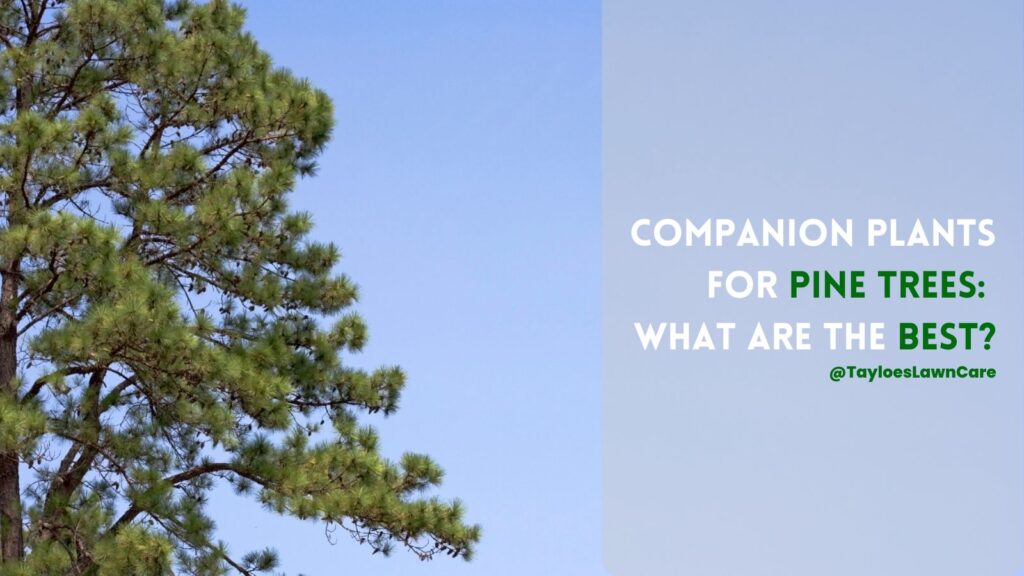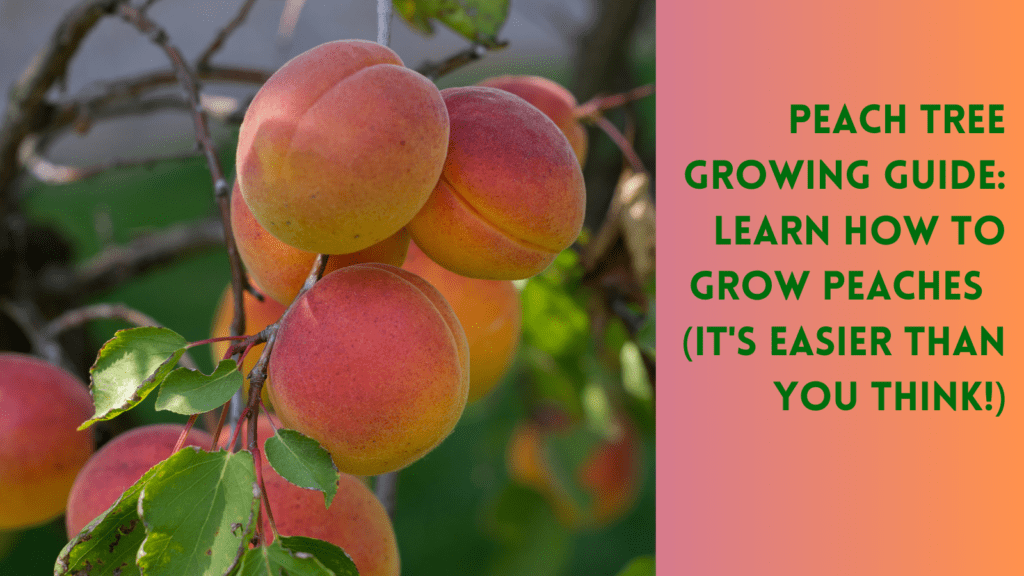Last Updated on: 20th October 2023, 04:28 pm
Here’s why Pyrus calleryana is an invasive tree species.
The Bradford Pear tree, Latin name: Pyrus calleryana, seems a popular choice for homeowners. But the tree’s not a North American native but an invasive species.
Originating from China and Vietnam, this tree has made a prominent mark in various regions across the United States, notably within the USDA growing zones 5 through 9.
Undoubtedly, it has enchanting aesthetic appeal. With its cascade of white blossoms in the spring and vibrant red and purple leaves in the fall, the Bradford Pear symbolizes seasonal transitions, capturing the hearts of many.
However, beneath its alluring exterior lies a series of drawbacks that have prompted experts and landscapers, like Tayloe’s Lawn Care Services, to look deeper into the implications of choosing this tree for your yard.
In this article, we will unravel the hidden aspects of the Bradford Pear Tree, exploring its weaknesses, its impact on local ecosystems, and why you might want to consider alternative landscaping projects.
The Deceptive Beauty of Bradford Pear Trees
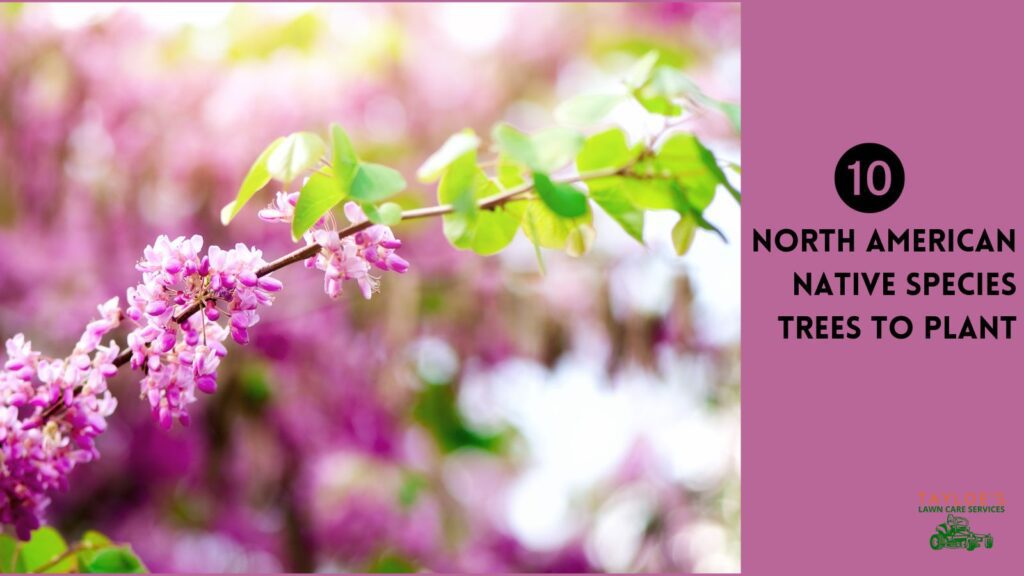
Here are some reasons why people love this species:
Aesthetic Appeal
The Bradford Pear tree displays lush white blossoms, elegantly unfolding in the spring. Many admire it for its impeccable springtime aesthetic.
The blossoms create a stunning visual display, often likened to a snowy spectacle, providing a stark and beautiful contrast to the awakening, vibrant colors of the season.
Come fall, the tree doesn’t shy away from the spotlight, transforming its foliage into a mesmerizing array of red, orange, and purple hues, offering a picturesque view that has become synonymous with autumn’s charm.
Popularity Among Homeowners
The initial appeal of the Bradford Pear Tree to homeowners and landscapers alike was not only its visual allure. In its early years of introduction to the United States, the tree gained popularity for its ability to grow quickly. Thus, it rapidly provided shade and vibrant seasonal colors.
Furthermore, its resistance to most diseases and pests made it seem like an ideal, low-maintenance option for suburban landscapes, city streets, and parks, thereby skyrocketing its popularity in various communities.
Symbolism and Cultural Significance
Like many flowering trees, the Bradford Pear has been associated with renewal, life, and beauty in various cultures and communities. It often symbolizes the arrival of spring after a long, barren winter. Its blossoms have been used in numerous cultural and artistic depictions, symbolizing purity and transient beauty, embedding it in a narrative that transcends its physical presence and making it a sentimental choice for many.
The Downsides of the Bradford Pear Tree
Despite the Bradford Pear tree’s widespread acclaim for its visual charm and symbolic meanings, an eventual, albeit gradual, recognition of its significant flaws realization arose. Landscape experts and biologists began to notice its structural weaknesses, invasive tendencies, and the ecological disruptions it caused, prompting a reevaluation of its suitability for American landscapes.
As we peel back the layers of its deceptive beauty in the following sections, we will explore why this once-beloved tree has fallen from grace among knowledgeable landscapers and ecologists.
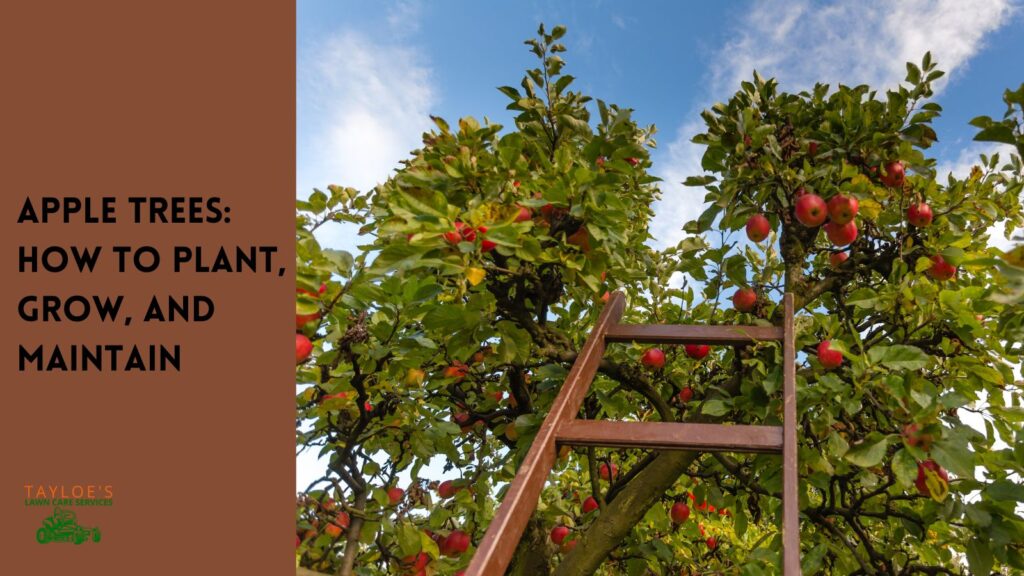
Weak Branch Structure
Despite its enchanting beauty, the Bradford Pear tree conceals a fundamental flaw within its branches. The tree’s limbs grow at narrow, V-shaped angles. That results in a weak juncture prone to splitting and breaking, especially under stress from wind, ice, or even the weight of its foliage. This structural vulnerability risks nearby structures, vehicles, and individuals and necessitates frequent and potentially costly cleanups and repairs after storms or severe weather events.
Bradford Pear Trees Have a Somewhat Shorter Lifespan
The Bradford Pear’s lifespan is notably brief in the tree world, typically enduring only 20 to 25 years, a stark contrast to other tree species that can thrive for decades or centuries. That means the investment in planting and nurturing a Bradford Pear Tree yields a relatively short-term return, and homeowners may deal with removing and replacing a mature tree much sooner than anticipated.
Invasive Nature
The Bradford Pear tree’s invasive nature is another significant drawback many homeowners don’t consider. Initially sterile hybrids, Bradford Pears have cross-pollinated with other pear trees over time. Thus, they grow viable seeds that birds disperse.
That has resulted in the unintended and uncontrolled spread of the tree. It competes with native plants for resources, disrupting local ecosystems and diminishing biodiversity.
Bradford Pear Trees Have an Unpleasant Odor
While the white blossoms of the Bradford Pear Tree are visually appealing, they emit an unpleasant, often described as fish-like, odor during the blooming period.
This aromatic scent can detract from the enjoyment of outdoor activities and gatherings. As a result, it may make your yard less inviting during what should be a delightful spring season.
Allergen Concerns
The Bradford Pear tree is also a substantial producer of pollen. Thus, it can be a significant concern for allergy sufferers. The tree releases copious amounts of pollen during its blooming season. As a result, it potentially exacerbates allergies and respiratory issues among residents and visitors.
Disruption to Local Flora and Fauna
The invasive nature of the Bradford Pear tree extends beyond mere annoyance, seeping into local ecosystems and causing tangible disruptions. The tree’s ability to rapidly spread and establish itself in new areas often results in the displacement of native plants.
In turn, it can affect the local fauna that relies on indigenous vegetation for sustenance and habitat. This alteration in the ecosystem can cascade through various trophic levels, impacting biodiversity and potentially leading to the decline of certain species.
Financial Considerations
From a financial standpoint, the Bradford Pear tree can become a burdensome investment for homeowners and municipalities alike. The weak branch structure necessitates regular pruning and maintenance to mitigate risks. But even with diligent care, the susceptibility to storm damage often results in additional costs related to cleanup, repairs, and potential liability.
Furthermore, the tree’s short lifespan means that removal and replacement costs usually occur sooner than expected with longer-lived species. Thus, they add to the long-term financial burden.
Alternative Tree Options for Your Landscape
Choosing native and non-invasive tree species for your landscape supports a healthier local ecosystem. It also often results in lower maintenance and care requirements. Native trees naturally adapt to the local climate and soil conditions, and they typically have established relationships with local fauna, providing habitat and food sources while also being resistant to local pests and diseases.
Here are a few better options suitable for USDA plant hardiness zones 7b and 8a, where we provide service to our clients:
- American Holly (Ilex opaca): A versatile and hardy tree that offers year-round visual interest with its evergreen foliage and bright red berries, providing food for local bird species.
- Eastern Redbud (Cercis canadensis): Known for its vibrant pink and purple spring blossoms, this tree is visually appealing. It’s also well-suited to various landscape applications.
- Sugar Maple (Acer saccharum): Celebrated for its stunning fall foliage and role in producing maple syrup, this tree is a durable and visually striking option.
- White Oak (Quercus alba): A sturdy and majestic tree that provides ample shade, habitat, and food for various wildlife, enhancing local biodiversity.
Benefits of Alternative Choices to Bradford Pear Trees
Opting for alternative tree species that are native and non-invasive provides a myriad of benefits, including enhanced biodiversity, reduced maintenance requirements, and the promotion of healthy, balanced local ecosystems.
These trees are more likely to thrive and interact positively with local fauna. In fact, they contribute to a vibrant and dynamic outdoor environment that both humans and wildlife will enjoy.
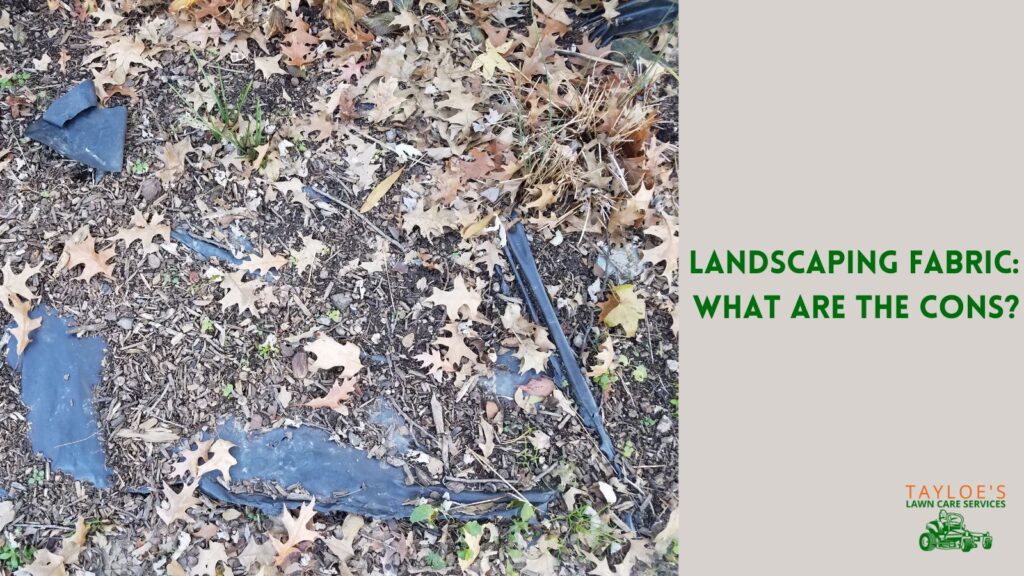
The Takeaway: Consider Replacing Your Bradford Pear Trees with Native Species
Bradford Pear trees were initially celebrated for their rapid growth and aesthetic appeal. However, it has become a problematic choice for both local ecosystems and property owners. Its structural weaknesses, short lifespan, and invasive tendencies present tangible challenges and potential risks that extend beyond the immediate landscape.
Transitioning towards native tree species is a wise choice. It also shows a commitment to creating a healthier, more sustainable landscaping design that will demand less upkeep.
Do you have questions about these (or any) trees? We are happy to discuss that with you. Connect with us on Facebook. You can text or call us at 252.287.3376.
Author Profile

- Deborah Tayloe is the CEO and co-founder of Tayloe's Lawn Care Services, LLC. She has a B.S.Ed and holds certificates in soil and water management and herbology from accredited programs.
Latest entries
 GardeningSeptember 27, 2025What perennials, shrubs, and trees don’t like fall pruning (and why)?
GardeningSeptember 27, 2025What perennials, shrubs, and trees don’t like fall pruning (and why)? Trees and ShrubsSeptember 14, 2025Fall Shrub Pruning Guide (September–October)
Trees and ShrubsSeptember 14, 2025Fall Shrub Pruning Guide (September–October) Trees and ShrubsApril 22, 2025Boxwood Blight: Early identification and isolation
Trees and ShrubsApril 22, 2025Boxwood Blight: Early identification and isolation Flower GardenApril 8, 2025John F. Kennedy Rose: Hybrid tea rose with elegant white blooms
Flower GardenApril 8, 2025John F. Kennedy Rose: Hybrid tea rose with elegant white blooms





